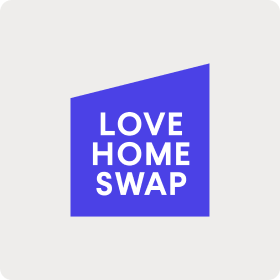My contribution
I led the UX/UI design for Live Home Swapping’s new business model, focusing on reducing acquisition funnel drop-offs while maintaining platform quality. Collaborating with stakeholders, I created user-friendly flows, ran workshops to ideate solutions, and crafted low-fidelity prototypes for iterative testing. I also worked on developing a scalable user journey that minimized the technical complexity of the changes, ensuring a seamless implementation.











